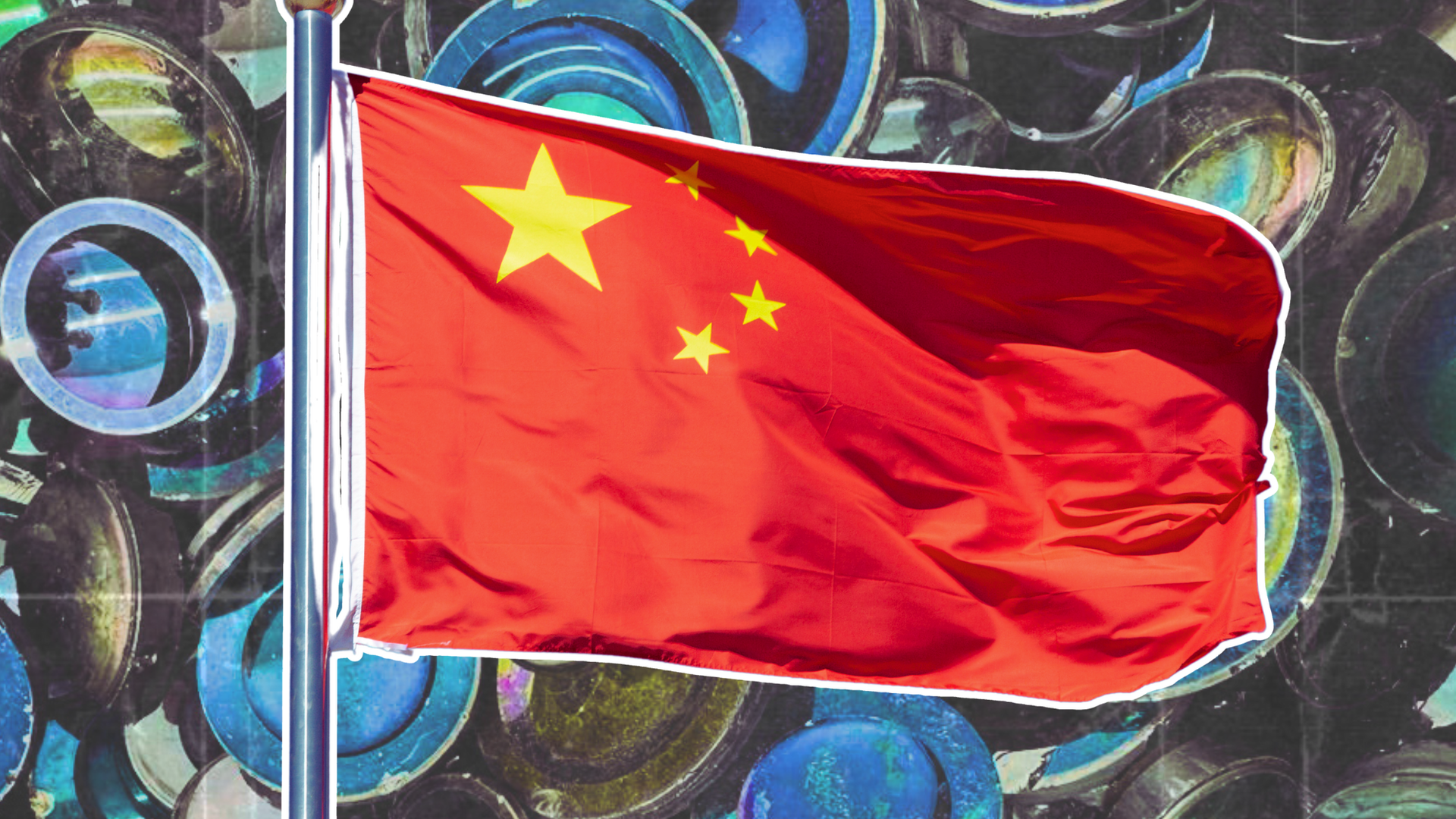

China’s influence over the world’s metal supply is a tale of strategic specialization rather than blanket dominance. While the nation undeniably wields significant power in critical raw materials essential for high-tech industries and the green transition, its broader control over global mineral markets is constrained by structural dependencies and geopolitical realities.
China’s dominance in rare earth elements, lithium, cobalt, and other critical minerals is a legitimate concern for global supply chains. By controlling over 50% of mine-stage production for materials like gallium, germanium, and graphite, China holds leverage over sectors pivotal to defense, renewable energy, and electronics. This concentration creates vulnerabilities for nations reliant on these inputs, particularly as decarbonization and digitalization accelerate. However, these materials represent a relatively small share of the global mineral economy by value, underscoring that China’s influence is targeted rather than all-encompassing.
China controls 70–80% of global rare earth mine production and, more critically, 85–90% of refining and processing capacity. This vertical integration from extraction to magnet production gives Beijing outsized leverage over industries like advanced electronics, defense systems, and renewable energy (e.g., wind turbines, EVs). For example:
Permanent magnets, which rely on materials such as neodymium and dysprosium, play a crucial role in the production of electric vehicles (EVs) and military equipment. Currently, China is the dominant producer of these magnets, accounting for an impressive 90% of the global supply. This concentration of production has significant implications, as illustrated by the recent export restrictions on gallium and germanium in 2023. These restrictions highlighted how China can leverage its refining capabilities to assert control over the market, even when the raw materials are mined from other countries. This capability underscores the strategic importance of these materials in global supply chains and national security.
This control is not accidental. China spent decades consolidating its rare earth sector, subsidizing domestic refiners, and undercutting global competitors (e.g., the U.S. Mountain Pass mine collapsed in the 2000s due to Chinese pricing). Today, even countries with rare earth deposits (Australia, Myanmar, the U.S.) rely on China for processing.
While China is a major player in other critical minerals, its grip is less monopolistic:
These materials are geopolitically significant but lack the same supply chain chokeholds as rare earths. Competitors can still source raw ores elsewhere, albeit with higher costs or ethical concerns (e.g., Congolese cobalt).
The refining of rare earth elements presents significant challenges due to its complexity and environmental hazards. China has managed to dominate this sector by absorbing the associated costs, while other nations have chosen to offshore their production. One of the major hurdles in finding alternatives to rare earths lies in the fact that these materials have very few viable substitutes, particularly in high-performance applications like fighter jet guidance systems. Furthermore, there is a considerable time lag involved in establishing alternative refining capacity, which can take anywhere from five to ten years. This lengthy process leaves Western countries vulnerable in the near term, highlighting the urgent need for strategic action in this critical industry..
China’s rare earth dominance doesn’t mean it can “shut off” global supply (it needs revenue and risks market retaliation). Instead, the risk lies in selective disruptions (e.g., delaying exports to specific companies/countries) or price manipulation to stall competitors’ projects. For example, China flooded markets in 2010 to crash prices, bankrupting non-Chinese producers.
In contrast, China’s reliance on imports for industrial staples like iron ore (1,000 Mt imported in 2023), copper (83% import-dependent), and nickel (72% import-dependent) reveals a paradox: its economic heft as the world’s largest consumer does not equate to control over production. Domestic and overseas mining operations account for just 19% of global output, trailing North American and Australian firms. This dependency mirrors that of other major economies, such as the U.S. and EU, and highlights the interconnectedness of global markets.
China’s strategic investments in critical materials and overseas mining assets ($100 billion from 2014–2023) signal long-term ambitions, but its slowed mining expansion since 2018 suggests limits to its reach. The challenge for other nations lies not in overestimating China’s current dominance but in addressing systemic vulnerabilities. Overreliance on any single supplier whether China or Western conglomerates poses risks.
Policymakers must prioritize diversification, innovation (e.g., recycling, alternative materials), and multilateral cooperation. Rather than isolating China, fostering transparency and partnerships particularly between China and the EU could stabilize supply chains. For instance, joint ventures in third countries or shared standards for sustainable mining might mitigate zero-sum competition.
China’s grip on the metal supply is formidable in niches critical to future technologies but incomplete overall. Its import dependence and the fragmented nature of global mining dilute its ability to monopolize the sector. The narrative should shift from alarmism to pragmatic resilience: nations can counterbalance China’s influence by investing in alternative sources, advancing circular economies, and embracing cooperative frameworks. In doing so, the world can avoid overreliance on any single actor while securing the materials vital for a sustainable, tech-driven future.
Ericsson, M. (2025). How tight is the Chinese grip on world’s metal supply?. Mineral Economics, 1-4.